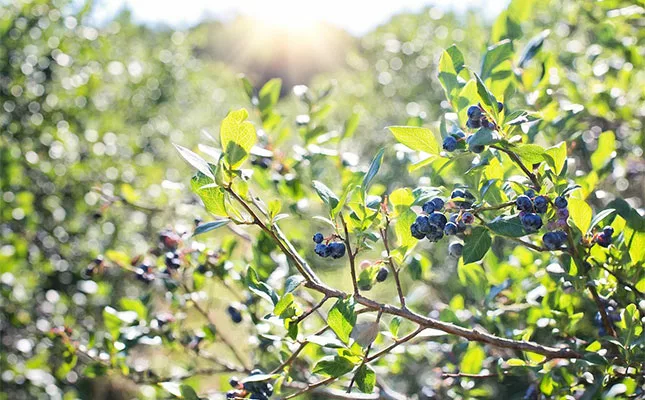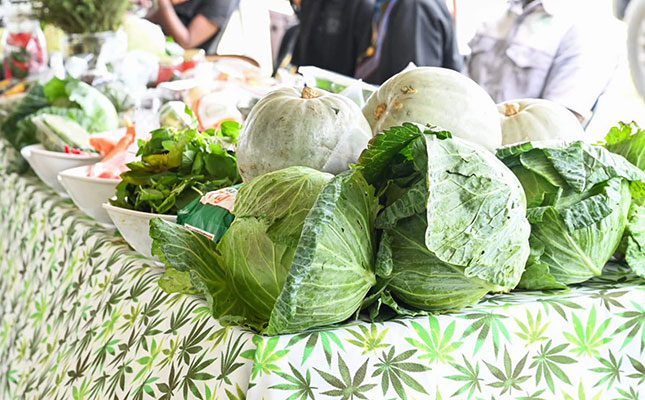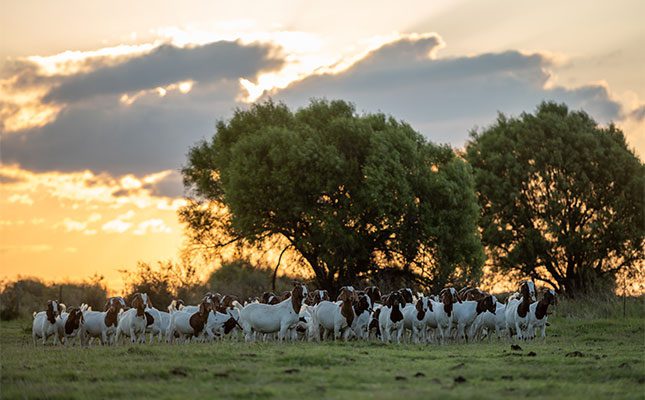
Zimbabwe’s blueberry industry is lobbying the government for policy reforms to expand the country’s share of the Chinese market. This follows an agreement reached in September allowing Zimbabwe to export the fruit there for the first time.
Prior to the signing of the deal, Zimbabwe was exporting blueberries to Europe, the Middle East, and South East Asia.
Peru, the world’s biggest blueberry exporter, and Chile are major exporters of the fruit to China, and Zimbabwean farmers hope to join the ranks of the world’s leading producers.
Fifty percent jump in production
In response to the announcement that an export protocol had been signed with China, Zimbabwe’s Horticultural Development Council (HDC) said in a statement that the country’s blueberry production was expected to grow from 8 000t in 2024 to 12 000t in 2025, marking a 50% increase.
The council added that the agreement built on the avocado protocol signed with China in 2024, reinforcing horticulture’s central role in Zimbabwe’s economic growth.
“The [horticulture industry’s] ambition under the Horticulture Recovery and Growth Plan is to become a US$2 billion [around R35 billion] industry.
“Driven by the trend towards healthy lifestyles, China’s blueberry imports have surged from 665t in 2005 to nearly 39 000t in 2024, mainly sourced from Peru and Chile. The entry of Zimbabwean blueberries, known for their unique taste and texture, brings a new source of supply to that market,” the HDC said.
It added that Zimbabwe could position itself as the largest blueberry exporter in Africa, provided growers received supportive policies that encouraged investment.
Morocco is Africa’s leading blueberry producer, with more than 80 000t produced last year.
Wanted: policies that encourage investment
Speaking to Farmer’s Weekly, Clarence Mwale, CEO and founder of Kuminda, which represents a collective of small- and medium-scale farmers, and a board member of the HDC, said Kuminda are already engaging the government on the policy reforms required to boost exports.
He said the deal with China opened Zimbabwe’s blueberry industry to a population of 1,4 billion, which was largely an upper-middle-income group, meaning most of them could afford to buy blueberries.
However, he added that while the development was positive for Zimbabwe, the country first needed to increase its blueberry production to satisfy the Chinese market. To achieve this, he said it was important to have the right government and investment policies in place.
“Blueberry production requires a lot of capital, and it’s not easy to borrow money when the interest rate is very high. We could use foreign direct investment, but it is chased away naturally by the policies that we have in place, so that complicates everything.
“We need to change the policies on investment. We need over US$100 million [R1,7 billion] investment to double the current hectares [of blueberries in Zimbabwe]to 1 500ha,” he explained.
When asked about the policy changes needed, Mwale said existing laws made it difficult for investors to take their money out of the country. He added that exporters only received 30% of their earnings in local currency after conversion. He said better policies would help boost exports.
Mwale added that if they could mobilise about 100 young farmers with access to funding to venture into blueberry farming, it would help boost exports to China.
“Kuminda has a contract to grow 2 000ha of Fruit Vision’s [blueberry] varieties in Southern Africa. Currently, our blueberry varieties are developed in the Netherlands and are also grown by our partners in Spain,” he added.
China sets export conditions
The General Administration of Customs China (GACC) has released guidelines for importing blueberries from Zimbabwe. Orchards, packing houses, and quarantine facilities must be audited by Zimbabwean authorities and registered with China, which must include a name, address, and registration code to ensure accurate traceability in the event of non-compliance with regulations.
In addition, exporting orchards must implement good agricultural practices under the supervision of a competent Zimbabwean authority, including maintaining sanitary conditions, removing fallen fruit timeously, and implementing integrated pest management to reduce quarantine risks.
Key pests include Mediterranean fruit fly (Ceratitis capitata), mango fruit fly (C. cosyra), white wax scale (Ceroplastes destructor), long-tailed mealybug (Pseudococcus longispinus), and obscure mealybug (P. viburni).
During packing, blueberries must be sorted, graded, and cleared of damaged fruit and debris such as leaves and soil. If storage is needed, the fruit must be placed in separate facilities to prevent reinfestation by pests. In addition, records of pest monitoring and control must be kept for at least two years and given to Chinese customs upon request.
The GACC warned that shipments from unregistered orchards, packaging plants, quarantine facilities, or those with pests of concern or found to be non-compliant with Chinese food safety standards would be returned or destroyed.













